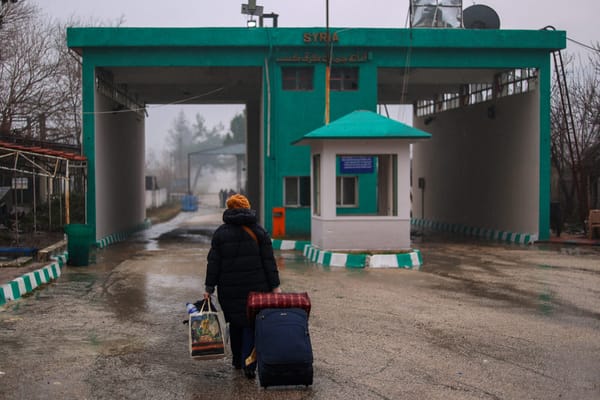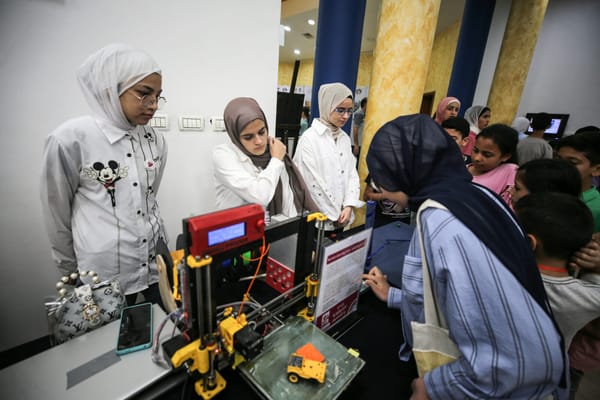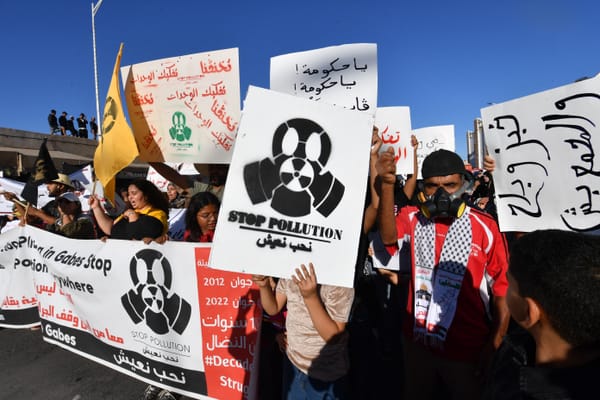AWACS in the Gulf
The Airborne Warning and Control System (AWACS) aircraft that Pakistan wants to get from Washington has played an important part in the US military buildup in the Persian Gulf region. In 1978, the Carter administration sold seven of the planes to the Shah of Iran. One motivation was to reduce the un









